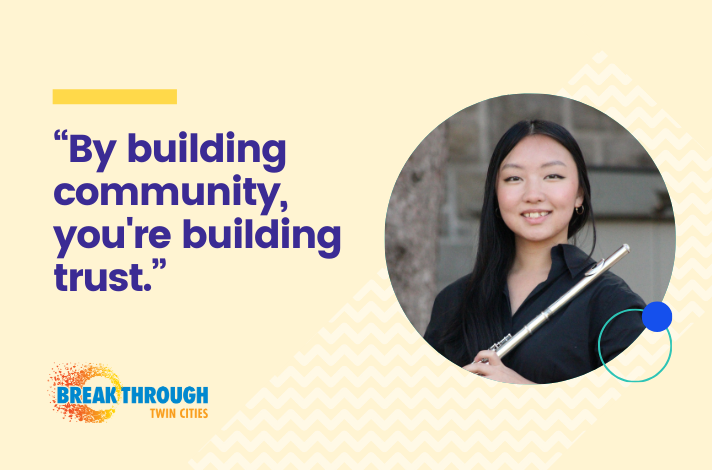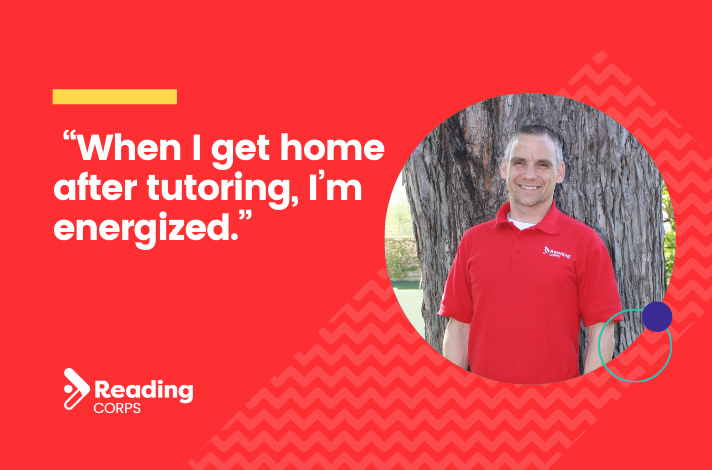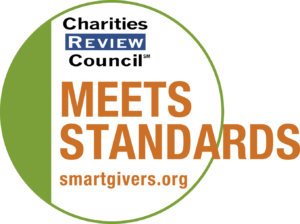We work with many funders and partners who just “get” it – organizations that see our vision and are willing to help get us there. PNC Bank and Cargill have been two of those key organizations for us. Their support gave us time and space to allow for more testing and piloting in our program development process. Ultimately, using this new process, we were able to expand our math programming from just 4-8 grade to preschool through 8th grade – a crucial expansion since math hugely affects student achievement in high school, but also drops off dramatically the older students get.
Big rewards for starting math early
When we started working with PNC, we had already been thinking about how important it is for kids to learn math skills early. At that point, Math Corps covered grades 4-8, but no younger students. “Math is hierarchical,” said Pete Nelson, VP of Impact and Innovation. “Teachers build off everything students learned in the previous grade. With math, the earlier you intervene, the better off students are.”
PNC was on the same wavelength: since the bank had just launched operations in Minnesota, their teams wanted to give back to the Twin Cities, specifically through math – and specifically to younger groups.
So, our teams and PNC hatched a plan. Over three years, we’d develop a program that would support early “numeracy” (a word the education sector uses to describe student fluency with math, similar to literacy). Reading Corps tutors had already been helping young students learn to read – so we were able to use similar tools to create a critical math foundation for young students.
Starting tiny – and growing across the state
Our work on the numeracy program started with our team gathering knowledge and research from community members, researchers, teachers, and other experts in the field, culminating in a series of materials that Reading Corps tutors could fold into their existing activities. That first year, we tested the materials in four classrooms – the materials did so well that we scaled to 29 classrooms (a little over 500 students) in the second year.
The interventions worked so well because to the students, they felt more like fun games and activities. Students, teachers, and tutors were all able to give feedback on the interventions, which the program team used to make updates and improvements. This responsive process is a big part of the new program design: start small, then seek feedback that can be incorporated into the next iteration of the program.
PNC’s funding was critical because national AmeriCorps funding isn’t always available for pilot programs – that’s where private funding comes in. “It’s exciting that PNC funded something that we can’t do with operational funds: develop and test something,” Nelson said. In the third year, we expanded to 35 classrooms (about 700 students). Now the project lives on as Early Learning Corps, which is a program for preschoolers that teaches math and literacy.
Having a flexible process like this allowed for surprising research findings, too: we learned giving kids a good foundation in math actually helps them with their literacy skills, too. “The biggest question for us was does math detract from literacy?” said Nelson, “And the answer was no.” It was actually the opposite!
A collective vision for future projects
This three-year development process stuck – we continue to use it as way to build new programs. Working with support from Cargill, we used a similar process to create a math program for K-3 students, allowing for Math Corps to serve grades K-3 in addition to 4-8.
Now, with support from PNC, we’re in the early stages of exploring what a program for children ages birth to 2 years old could be. We’ve started with an advisory committee made up of caregivers, family child care providers, nonprofits administrators, advocates, and researchers. That advisory committee – along with other conversations with community members – will help inform the rest of the development process. We’re also building on knowledge from other programs as well as our work to transform children’s reading areas at local St. Paul libraries. First sites will include Head Start locations; we hope to learn what other settings need a birth to 2 program during our discussions with community partners and stakeholders.
“It’s exciting to be in the early stages and going to many different people who hold a lot of wisdom,” said Rebecca Scott-Rudnick, Director of Early Learning Special Projects at Ampact, who’s helping manage the birth to 2 program development process.
This new process opened up the door for us to make our programs even more in tune with community needs. “Having this early stage is allowing us to engage with community partners to really collectively vision what an AmeriCorps program could look like,” said Scott-Rudnick. “We’re being strategic about centering caregiver voices first.”






